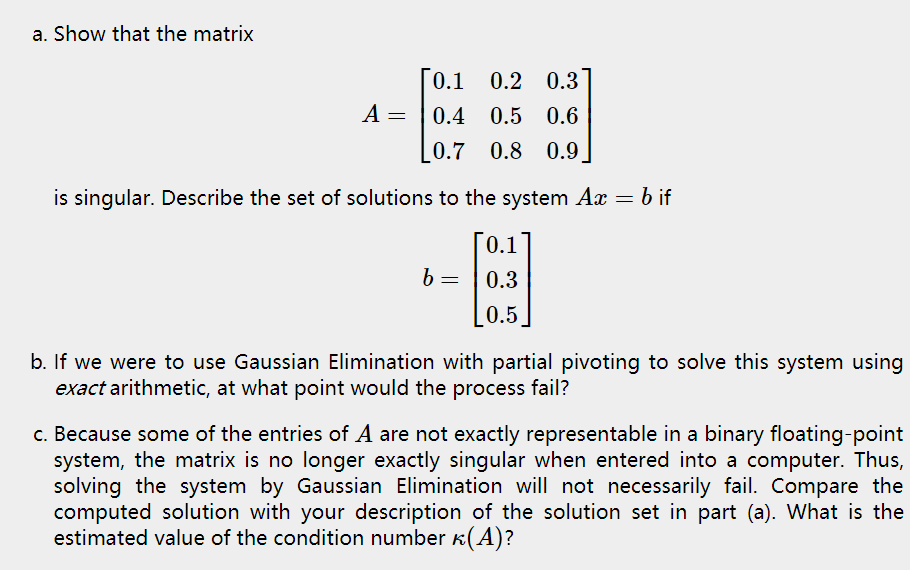
Expected NPV and Expected ROR Analysis Example 6-4:Īssume a research project that has the initial investment cost of 100,000 dollars. Note that +425,000 dollars is a statistical term it means the average of +425,000 dollars will be achieved in the long-term for drilling over and over again in a repeated investment of this type.

There are three probable outcomes:Ī) 70% probability that the drilled well is a dry holeī) 25% probability that the drilled well is a producer well with such rate that can be sold immediately at 2,500,000 dollarsĬ) 5% probability that the drilled well is a producer well with such rate that can be sold immediately at 4,000,000 dollarsĬalculate the project's expected value. Example 6-3:Īssume drilling a well costs 400,000 dollars. Note that for a satisfactory investment, a positive expected value is a necessary, but not sufficient, condition. 0.185 dollars indicates that if the gambler plays this game over and over again, the average gain for the gambler per bet equals - 0.185 dollars, which means the gambler will lose 0.185 dollars per bet. What is the expected value of this gambling game? What is the meaning of the expected value result? Probability of Success = 4 / 54 Probability of Failure = 50 / 54 Expected Value = Expected Profit − Expected Cost = ( 4 / 54 ) * 10 − ( 50 / 54 ) * 1 = − $ 0.185
#0.3 times 10 minus 0.5 plus
For a 1 dollar bet on hitting a 9, if he or she succeeds, the gambler wins 10 dollars plus the return of the 1 dollar bet. Four of the 54 slots contain the number 9. Example 6-2:Ī wheel of fortune in a gambling casino has 54 different slots in which the wheel pointer can stop. Expected profit is the probability of receiving a certain profit times the profit, and the expected cost is the probability that a certain cost will be incurred times the cost.


The expected value is defined as the difference between expected profits and expected costs.


 0 kommentar(er)
0 kommentar(er)
